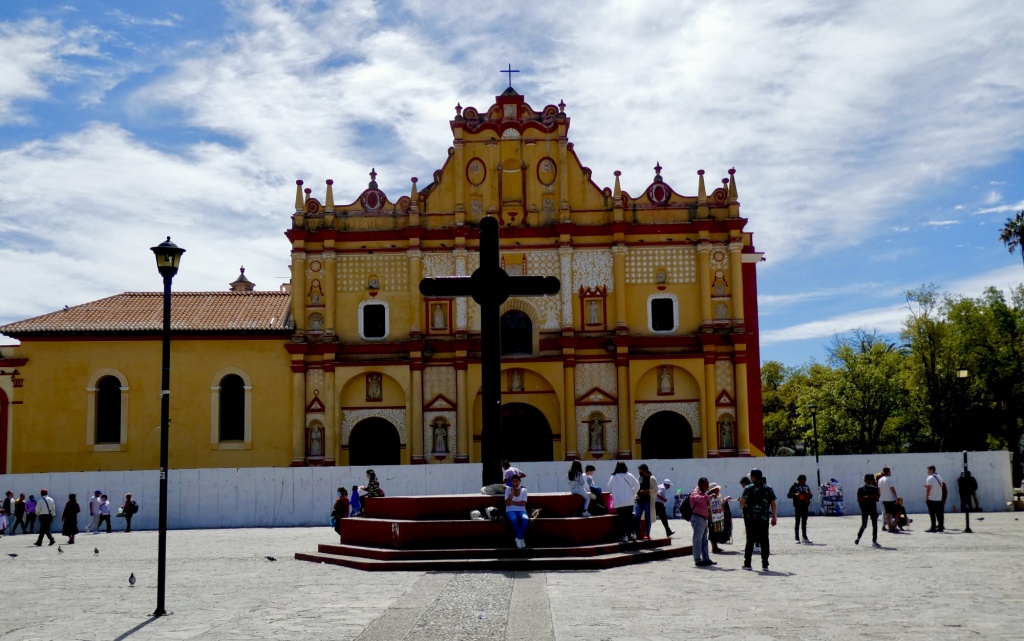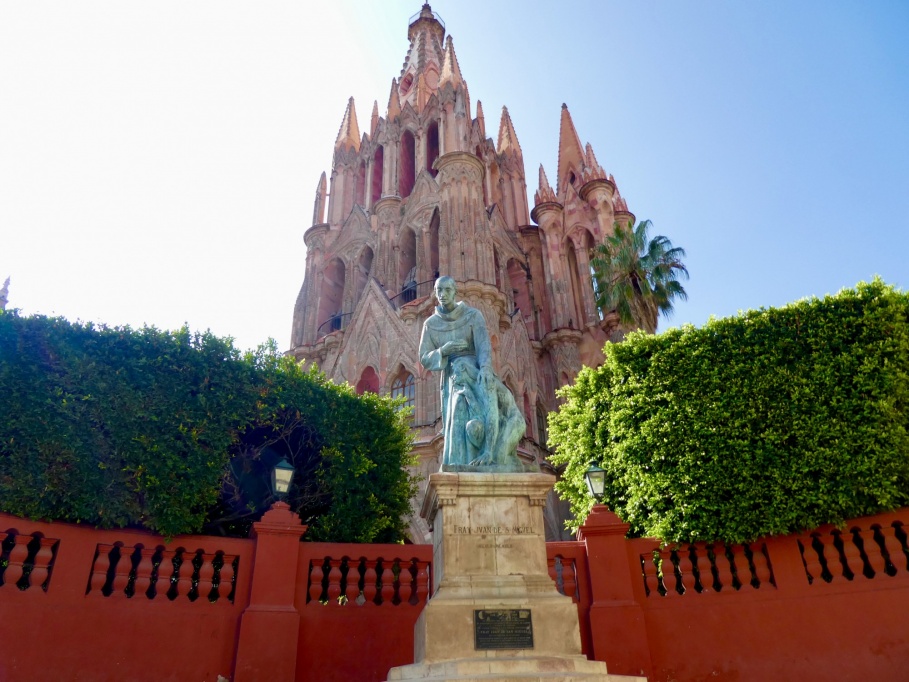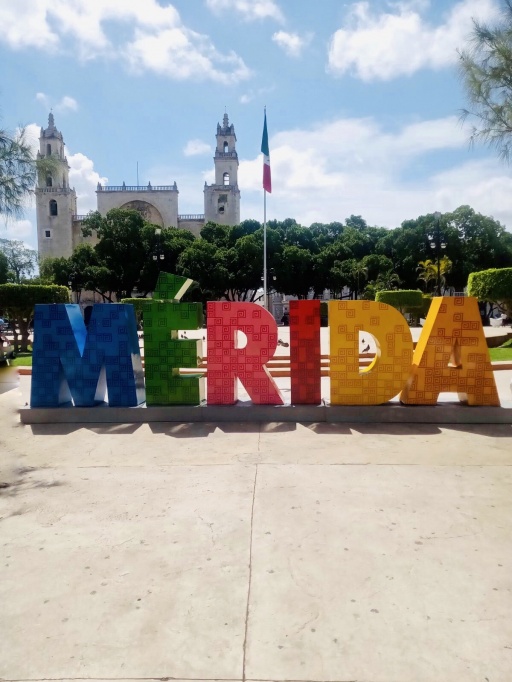OAXACA
MEXICO
Unveiling Oaxaca City: A Journey Through Lively Markets, Ancient Ruins, Rich Cultural Heritage, and Scenic Beauty—Experience the Best of Food, History, and Nature in Mexico’s Enchanting Capital
Discovering the Vibrant Charms of Oaxaca City: Markets, Ruins, and Culture
Oaxaca de Juárez (Oaxaca City)
After a restful night in Mexico City, we boarded a bus from the TAPO terminal bound for Oaxaca City, perched 1,550 meters above sea level in the mountainous region of the same name. The journey to Oaxaca, with its vibrant colors and rich culture, was a stark contrast to the bustling city we left behind.
Upon arriving in Oaxaca, we were instantly charmed by the city’s bright, lively atmosphere, even though our Airbnb accommodations fell short of expectations. The city’s allure lay in its captivating architecture, the warm hospitality of its people, and the diverse array of activities and sights. Adding to this was the perfect weather, which complemented our exploration perfectly.
Mornings in Oaxaca began with a ritualistic visit to a local café, where we enjoyed aromatic coffee and delectable cakes. These moments became a cherished part of our daily routine, setting a delightful tone for the day ahead. By lunchtime, we immersed ourselves in the city’s culinary scene, squeezing into bustling markets or cozy cafeterias to savor local specialties like mole. Each bite was accompanied by refreshing fruit juices, a testament to the city’s dedication to fresh, vibrant flavors.
The food markets in Oaxaca were a sensory feast. We strolled through the bustling aisles, where the vibrant colors of fresh produce and exotic spices created a vivid mosaic. Vendors proudly displayed their wares, from plump tomatoes and rich avocados to fragrant herbs and artisanal cheeses. The markets also offered an array of street food, including tlayudas, a type of oversized tortilla topped with various ingredients, and chapulines, crispy grasshoppers that are a local delicacy. Each visit to the market was a chance to engage with the locals and experience the city’s culinary heart.
Afternoons were spent exploring the city’s many attractions. The Botanic Gardens, a serene haven in the midst of the urban hustle, offered a peaceful escape. Here, we wandered through well-tended paths and discovered a stunning variety of cacti. The garden’s collection showcased everything from towering saguaro and elegant organ pipe cacti to intricately patterned prickly pears. The diversity of shapes and sizes was a testament to the region’s unique desert flora. The garden not only provided a visual feast but also offered insights into the ecological importance of these hardy plants.
Our visit to the Museum of Culture, housed in a beautifully restored old convent, was another highlight. The museum, despite the limitations imposed by COVID-19 which restricted access to only one of the planned 23 exhibitions, featured a remarkable collection. Notably, it showcased artifacts from nearby archaeological sites, including those recently discovered at a nearby Aztec site. These exhibits included intricately carved stone sculptures, ceremonial artifacts, and detailed ceramics that provided a fascinating glimpse into the region’s ancient cultures. The museum’s historical charm and the captivating artifacts offered a profound connection to Oaxaca’s rich cultural and historical tapestry.
One of the most memorable excursions was our visit to Monte Albán, an ancient archaeological site accessible by mini bus. Perched atop a mountain, Monte Albán offered breathtaking panoramic views of the surrounding valley. The site, dating back to 500 BC, features an impressive array of structures including grand plazas, intricately carved stelae, and ceremonial ball courts. We marveled at the precision of the ancient engineers who constructed the site, particularly the Observatory, which showcased their advanced understanding of astronomy. The monumental pyramids and temples, set against the backdrop of the valley below, provided a powerful sense of connection to the region’s ancient past.
Exploring the streets of Oaxaca was a delightful adventure in itself. Each turn led us to vibrant plazas, historic buildings, and charming shops. The city’s architecture, a blend of colonial and indigenous influences, added to its unique character. We took leisurely walks, soaking in the local atmosphere, admiring the colorful facades, and discovering hidden gems along the way.
In summary, Oaxaca City offered a vibrant blend of history, culture, and gastronomy. From its lively markets and serene gardens to its fascinating museums and ancient ruins, each day in this mountain city was a new adventure, rich with experiences that left a lasting impression.



